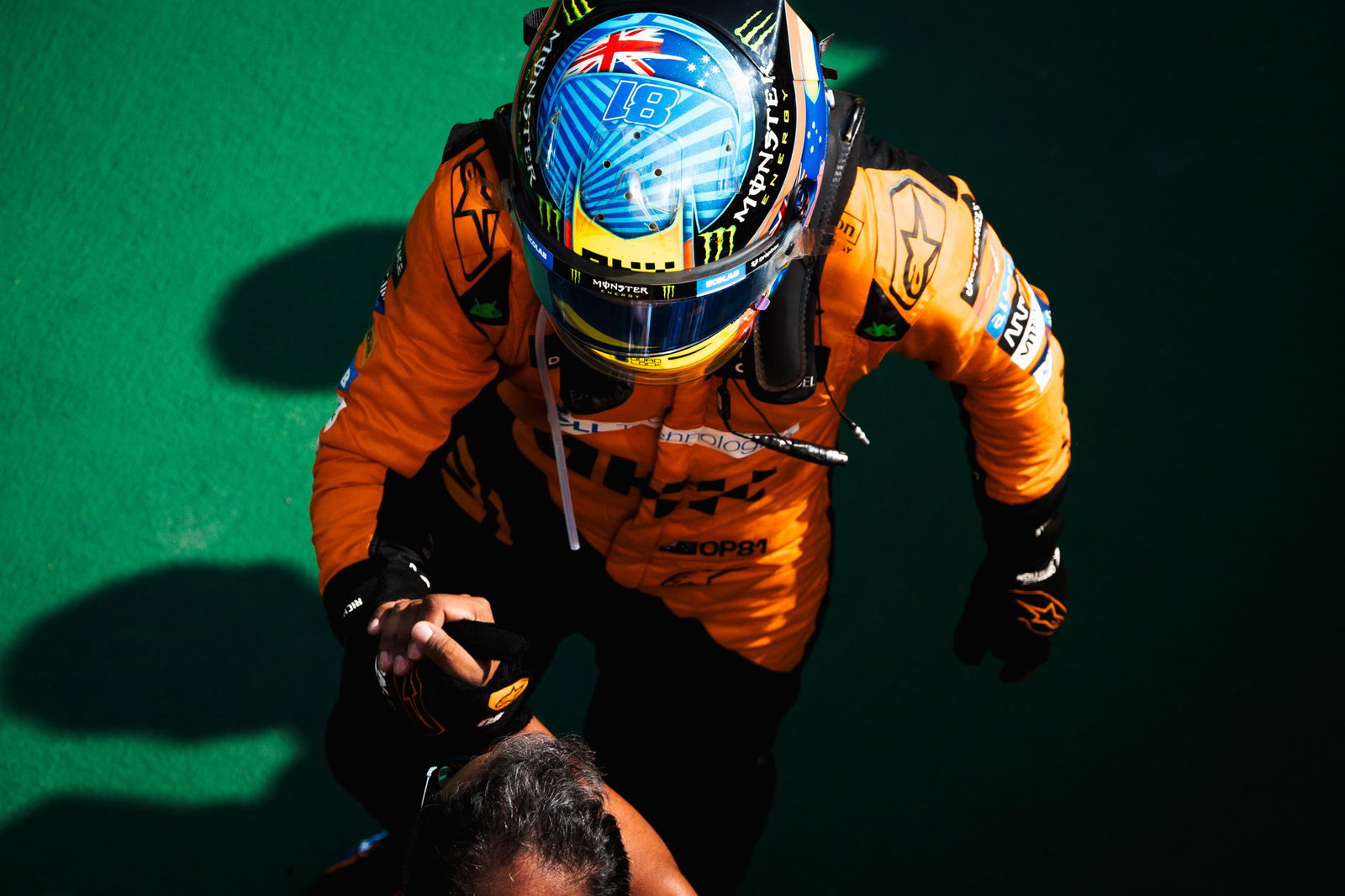

Team orders in motorsport are a controversial topic that invariably ends up having one driver pay a heavy price.
In the Hungaroring, that price was paid by Lando Norris, who was asked to hand the race lead back to Piastri in the closing laps.
He did so, reluctantly, having made his displeasure known to this engineer over the radio.
In this week’s Pirtek Poll, we ask if McLaren was right to employ team orders given it had effectively painted itself into the corner?
A superb start for Piastri saw the Australian seize the lead at the opening corner.
He then built a margin through the middle part of the race, losing a little time by running wide at t urn 11 in an otherwise composed and error free drive
The turning point came at the final round of stops, when Mercedes boxed Lewis Hamilton on lap 40.
Though the McLaren duo of Piastri and Norris were some way ahead, the response was to call the latter in to protect him from the undercut.
In Hungary, a lap or two on fresh tyres was a powerful strategy and enabled Norris to bridge the gap and hold the race lead once Piastri pitted.
It was a strategic call McLaren knew would have ramifications for its drivers, and moved to cover that off ahead of time.
The intent was, once Piastri had pitted, to swap the pair back into their natural positions.
Norris had only moved into the lead because the team afforded him a preferential strategy to protect his second place.
That left him with track position which he was extremely reluctant to give up – as any racing driver would be.
He eventually did let Piastri through at the start of lap 68 but made all involved sweat over the matter.
Post-race, team boss Andrea Stella praised Norris, reasoning that he played the team game and the fact he was unwilling to simply give away a race win was a useful quality.
The actual outcome for the team was net zero – it would have had a one-two whichever way around its drivers had finished.
For Norris, the impact was the effective loss of seven points as he attempts to chase down Max Verstappen in the world championship.
But perhaps the bigger impact was the human one, and the ongoing relationship between the drivers and management.
Had team orders not been used, McLaren could have quite easily descended into civil war – it’s happened before when team management effectively loses the dressing room.
“We have discussions with our race drivers before every race,” said Stella.
“The discussion we have is about our principles, because it’s very difficult to manage Formula 1 races if you only talk about rules.
“One principle, just to make an example, I don’t want to discuss too much, but this one is simple, is the interest of the team comes first.
“If you mess up on this matter, you cannot be part of the McLaren Formula 1 team. That’s the principle.”
In Hungary, a strategic call placed Norris in the position of having to give away a race win, through no fault of his own.
He played the team game, albeit reluctantly, and cost himself seven points in the process – points that could prove valuable at the end of the year.
And it begs the question; while a feel good result for Piastri and Australian F1 fans, was McLaren right in using team orders? Cast your vote below.



















Discussion about this post